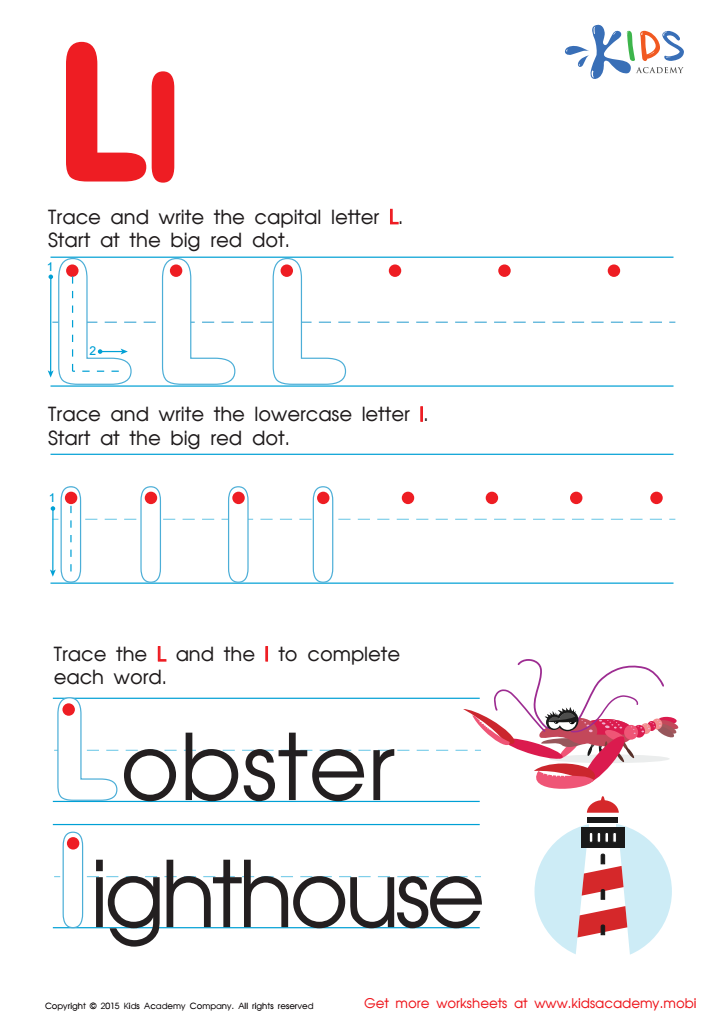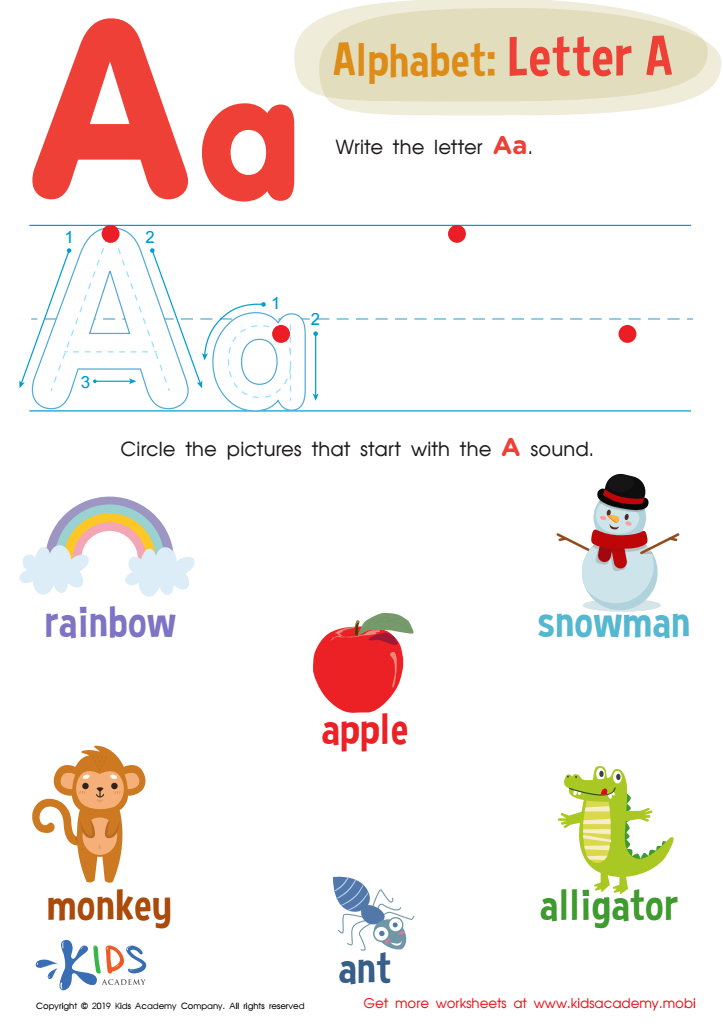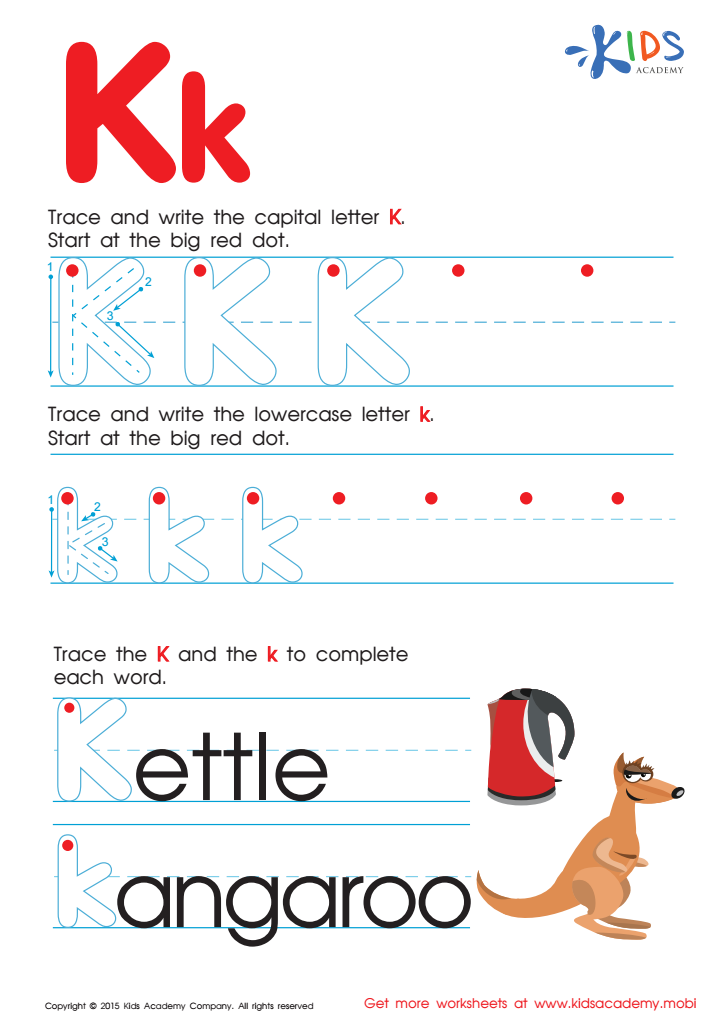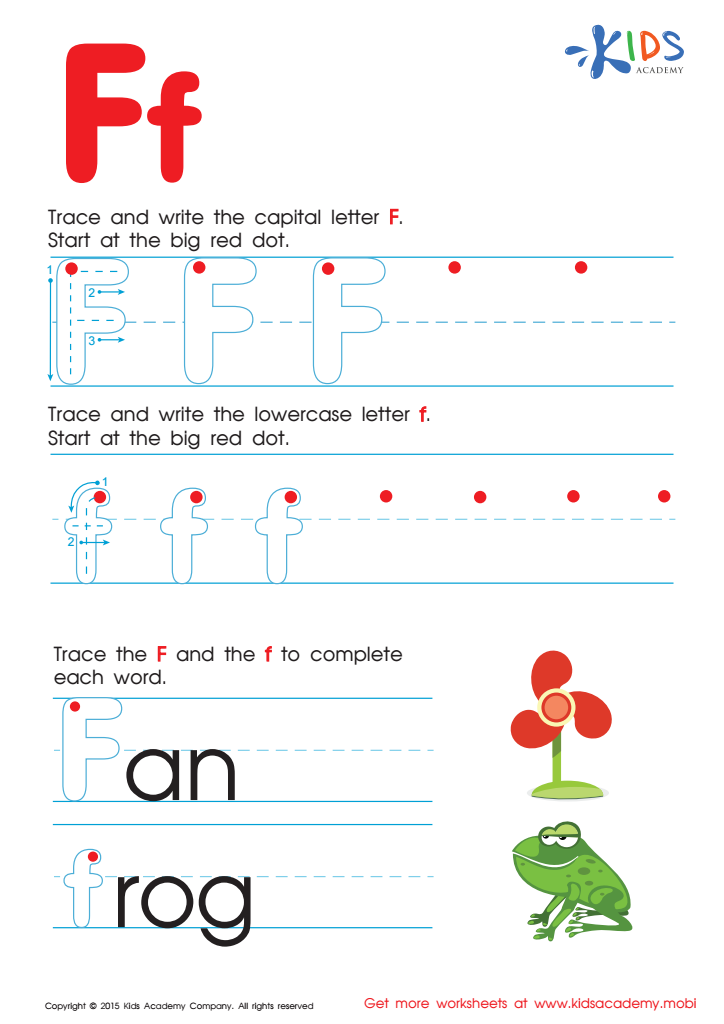Letter recognition Normal Tracing Letters Worksheets for Ages 5-8
9 filtered results
-
From - To
Enhance your child's early literacy skills with our "Letter Recognition Normal Tracing Letters Worksheets" designed specifically for ages 5-8. These engaging and educational worksheets provide young learners with the essential practice they need to recognize and write each letter of the alphabet confidently. Perfect for both classroom and home use, our tracing worksheets offer a fun and hands-on approach to mastering letter shapes, fostering fine motor skills, and building a strong foundation in reading and writing. Help your child embark on a successful learning journey today with Kids Academy’s expertly crafted tracing activities!


Letter P Tracing Page


Letter Q Tracing Page


Letter H Tracing Page


Letter G Tracing Page


Letter L Tracing Page


Letter A Tracing Worksheet


Letter K Tracing Page


Letter F Tracing Page


Letter D Tracing Page
Letter recognition and normal tracing of letters during the ages of 5-8 are fundamental to early childhood education and literacy development. First and foremost, letter recognition serves as the foundation for reading skills. When children can identify letters and understand the sounds they represent, they can begin to decode words, which is crucial for reading fluency and comprehension. This skill directly influences a child’s ability to learn new vocabulary, understand sentence structure, and ultimately engage with texts independently.
Furthermore, tracing letters reinforces fine motor skills, which are essential for writing clarity and proficiency. Through tracing, children practice the strokes needed to form letters, which enhances their hand-eye coordination and muscle memory. This practice makes writing less laborious and more enjoyable, enabling children to express their thoughts and ideas on paper effectively.
Parents and teachers should prioritize letter recognition and tracing not only for academic success but also for fostering confidence and enthusiasm in young learners. Children who master these basic skills early on tend to feel more confident in their abilities and are more motivated to tackle more complex literacy tasks. Additionally, early intervention in letter recognition can help identify and address any learning difficulties, ensuring that each child has the support they need to thrive.
 Assign to My Students
Assign to My Students














